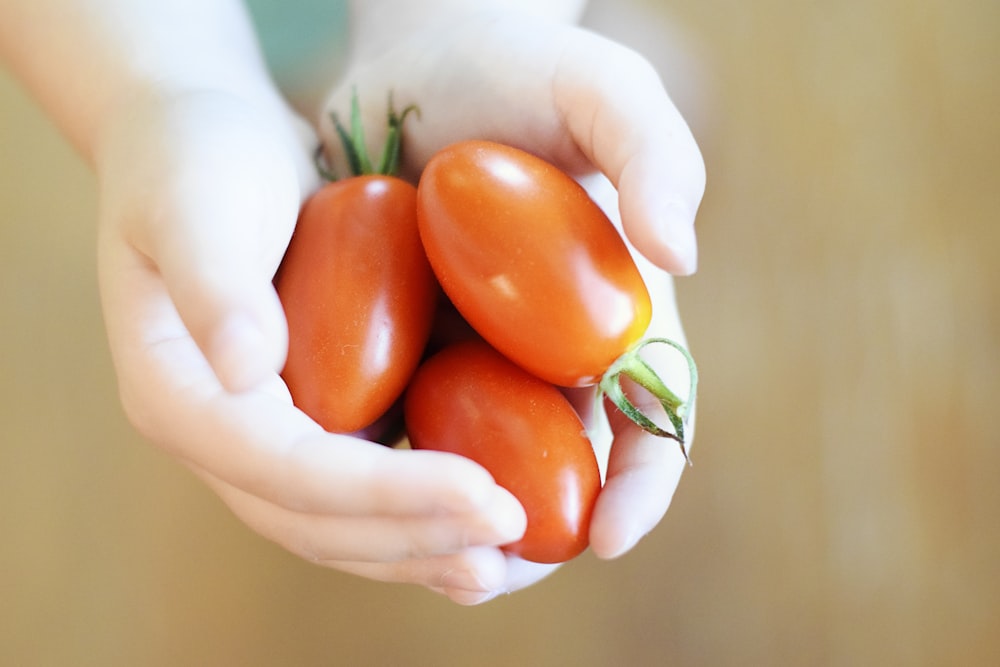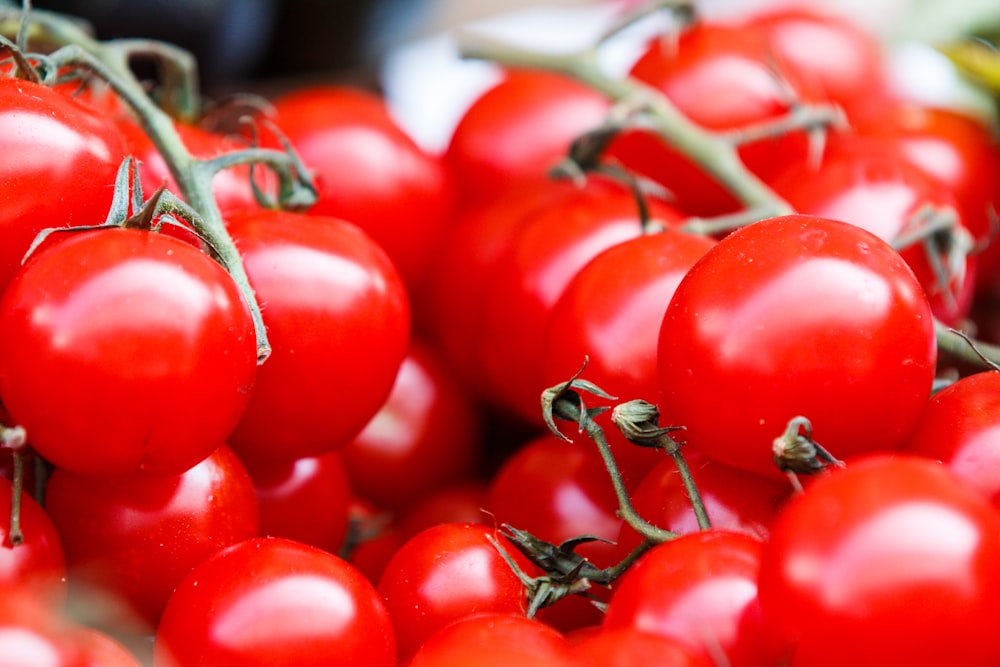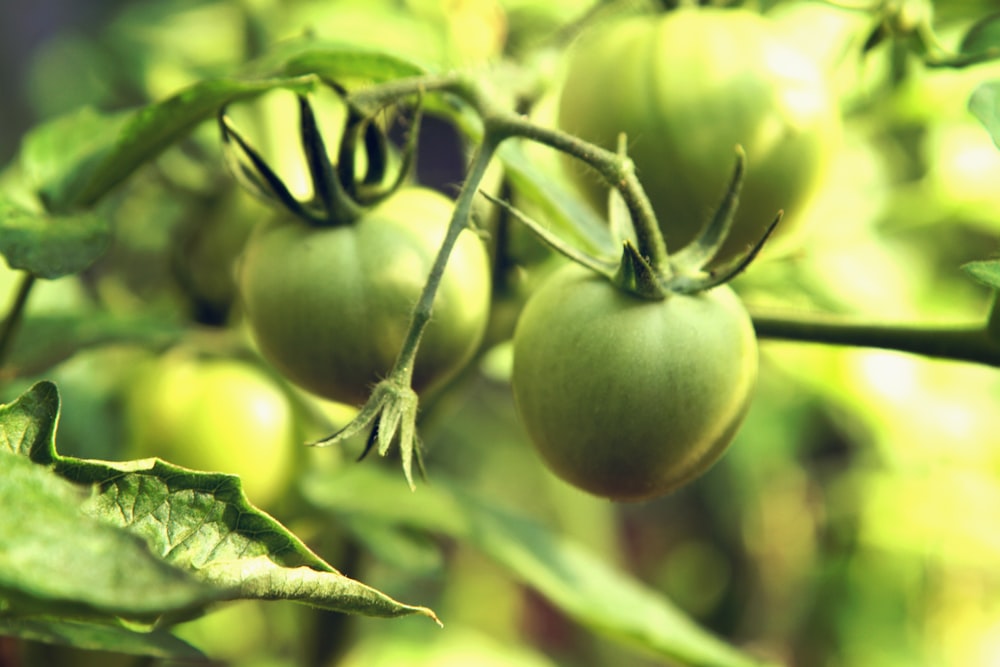How to Grow Heirloom Tomatoes | Why Heirloom Tomatoes Are Better
by Volkan Özkesici on Jan 04, 2023

Growing heirloom tomatoes can be a rewarding experience for gardeners of all skill levels. Heirloom tomatoes are known for their unique colors, shapes, and flavors, and are often passed down through generations of gardeners. Unlike modern hybrid tomatoes, heirloom varieties have not been genetically modified for commercial production, making them a popular choice for those interested in sustainable gardening practices. Whether you're a seasoned gardener or just starting out, here are some tips for how to grow heirloom tomatoes and enjoy a delicious harvest.
What Is An Heirloom Tomato?
An heirloom tomato is a tomato variety that has been passed down through generations of gardeners, often within a specific region or family. These tomatoes are typically open-pollinated, meaning that they are pollinated naturally by insects or wind, rather than through human intervention. Unlike modern hybrid tomatoes, heirloom tomatoes have not been genetically modified for commercial production and are grown for their unique characteristics, such as their flavor, color, and texture.
Heirloom tomatoes come in a wide variety of shapes, sizes, and colors. Some common heirloom tomato varieties include Brandywine, Cherokee Purple, and Green Zebra. These tomatoes are often prized by gardeners for their flavor, which is generally considered to be superior to that of commercial hybrid tomatoes. Additionally, heirloom tomatoes are often grown for their historical and cultural significance, as they represent a connection to the past and a way of preserving traditional gardening practices.
When to Plant and Where to Plant Heirloom Tomatoes
To ensure the successful growth of heirloom tomatoes, it is important to consider several factors when planting. The optimal time to plant is in the spring, once the threat of frost has passed. Seedlings or small plants purchased from a garden center are recommended, although direct seeding may be possible in areas with a long growing season, provided that the seeds are started early.
When selecting a planting site, it is important to choose a sunny location with good, well-draining soil. It is also advisable to avoid planting tomatoes in soil that has previously grown plants in the same family, such as peppers or eggplant, as this can increase the risk of disease transfer.
Proper spacing, depth, and support are crucial for the successful growth of heirloom tomatoes. The distance between plants should be between two and three feet, depending on the variety and season. When planting, the soil should be level with the first set of leaves, as setting the plants deeply can provide added support for their tall growth. Due to their potential size and robustness, heirloom tomatoes may require tall cages or trellis systems for support.
Plant Care for Heirloom Tomatoes
Sunlight: Heirloom tomatoes require a significant amount of sunlight to grow and produce a bountiful harvest. As such, it is important to ensure that they receive full, direct, unfiltered sunlight throughout the day. When planning your tomato patch, be mindful of any shadows cast by nearby structures or trees that may block sunlight.
Soil Quality: The best quality soil is another key factor in the successful growth of heirloom tomatoes. They thrive in rich, slightly acidic, loamy soil with pH 6.0 to 6.8 which allows roots to go deep. You may need raised beds or container culture if your soil is heavy clay. You can improve the quality of your soil by adding compost, leaf mold, or manure to blend with the native garden soil, up to 50%.
Watering: Water is crucial for heirloom tomatoes, particularly once they begin to set fruit. Deep watering encourages deep root systems, which is important for optimal growth. Drainage should be excellent if the soil was well-prepared, so monitor the moisture level and avoid letting plants dry out. Allowing the soil to oscillate between moist and dry can lead to fruit development problems, such as cracking and blossom end rot. You can limit airborne diseases such as blight by using drip irrigation.
Temperature & Humidity: These are two very important factors to consider when growing heirloom tomatoes. They require warm temperatures to thrive, so it is recommended to wait until night temperatures are at least 60 degrees F before planting them outdoors. Planting too early will not yield earlier fruits.
Humidity typically does not pose a problem for heirloom tomatoes. However, it is still important to keep an eye on humidity levels to avoid the development of fungal diseases.
Fertilization: Heirloom tomatoes are heavy feeders and require regular fertilization to produce blooms and fruits. Both organic and chemical-balanced all-purpose fertilizers are acceptable options, depending on personal preference. It is recommended to fertilize at the beginning of the growing season and then once every 4-6 weeks thereafter.
Why Heirloom Tomatoes Are Better
There are several reasons why heirloom tomatoes are often considered to be better than other varieties of tomatoes.
Flavor: Heirloom tomatoes are known for their superior taste and complex flavors that range from sweet to tangy to earthy. Many people believe that the taste of heirloom tomatoes is far superior to that of hybrid or genetically modified tomatoes, which are often bred for their ability to withstand long-distance transportation and shelf life rather than flavor.
Nutritional value: Some studies have shown that heirloom tomatoes may have higher nutritional value than hybrid tomatoes. Heirloom tomatoes are typically grown in nutrient-rich soil without the use of synthetic fertilizers, which can lead to a higher concentration of vitamins and minerals in the fruit.
Diversity: Heirloom tomatoes come in a wide variety of colors, shapes, and sizes, providing a diverse range of culinary options. Many heirloom varieties have unique names and interesting histories that add to their appeal.
Environmental impact: Heirloom tomatoes are often grown using sustainable farming practices that prioritize soil health and biodiversity. This can lead to a smaller environmental footprint and a healthier ecosystem.
Overall, heirloom tomatoes are often considered to be better than other varieties due to their superior flavor, nutritional value, diversity, and environmental impact.
In conclusion, growing heirloom tomatoes even at your home garden can be a rewarding experience that results in delicious and nutritious fruits. By providing ample sunlight, healthy soil, proper watering, and regular fertilization, you can cultivate robust heirloom tomato plants that produce bountiful harvests.
Furthermore, by choosing heirloom varieties, you can support sustainable farming practices, preserve biodiversity, and enjoy the unique flavors and stories behind these historic plants. So whether you're a seasoned gardener or a beginner, consider adding heirloom tomatoes to your garden for a truly exceptional tomato experience.






